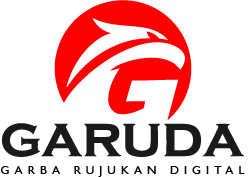Submissions
Submission Preparation Checklist
As part of the submission process, authors are required to check off their submission's compliance with all of the following items, and submissions may be returned to authors that do not adhere to these guidelines.Copyright Notice
Manuskrip yang diserahkan penulis haruslah sebuah karya yang tidak melanggar hak cipta (copyright) yang ada. Naskah yang dimasukkan harus yang belum pernah diterbitkan dan tidak dikirimkan pada waktu yang bersamaan kepada penerbit lain. Hak cipta atas semua material termasuk yang berbentuk cetak, elektronik dan bentuk lainnya dipegang oleh Redaksi Jurnal Potensi. Setelah manuskrip telah melewati proses penyuntingan substansi dan positif diterima, penulis mengirimkan berkas Pernyataan Hak Cipta ke alamat Redaksi Jurnal Potensi.

















